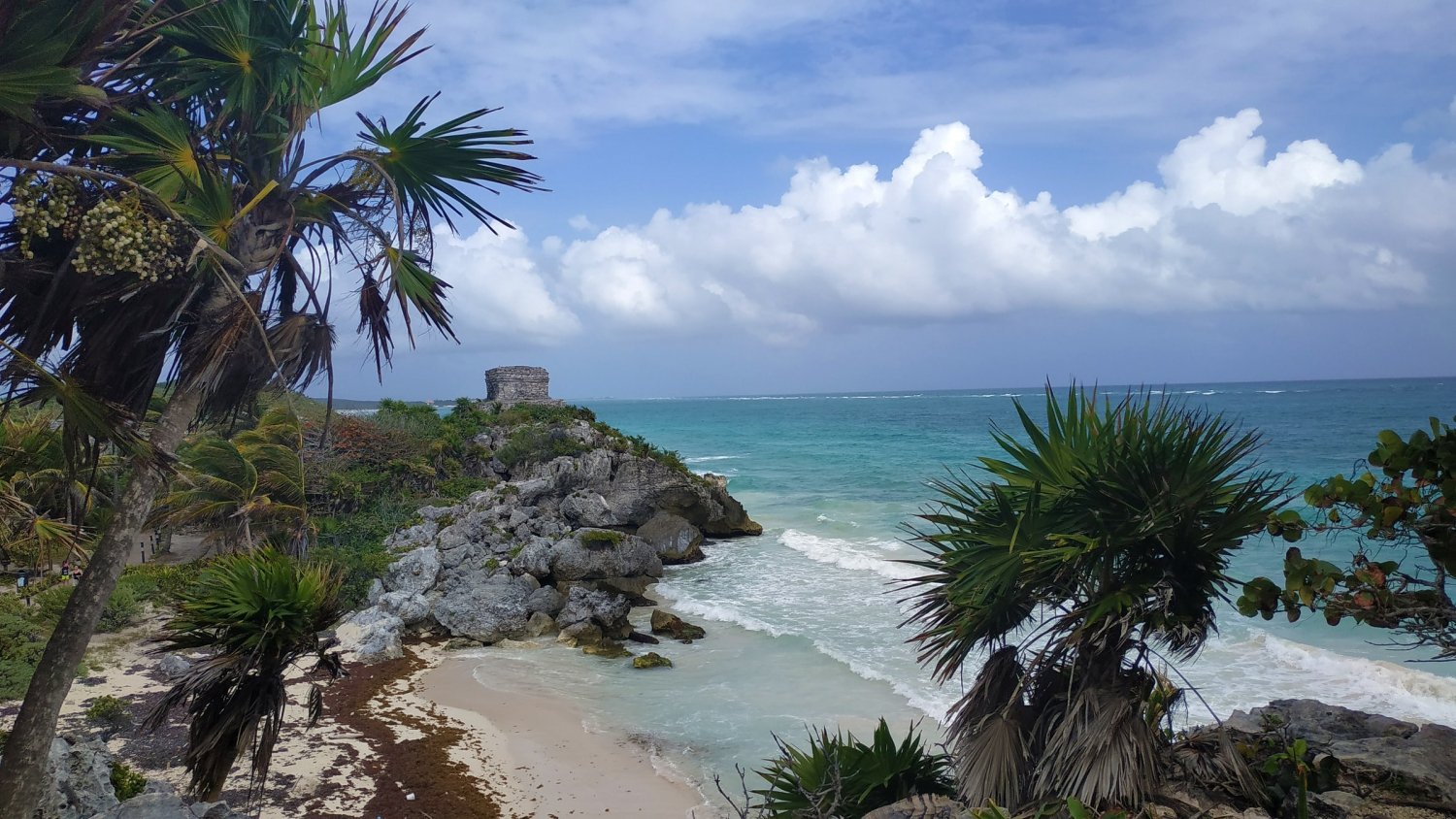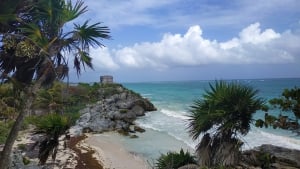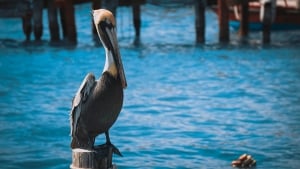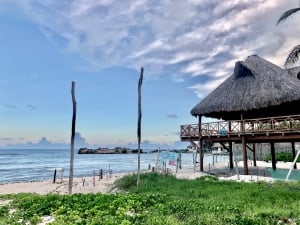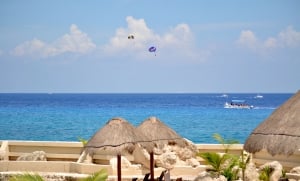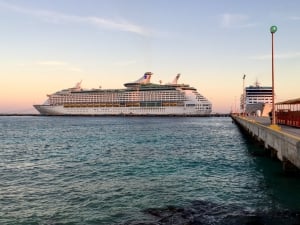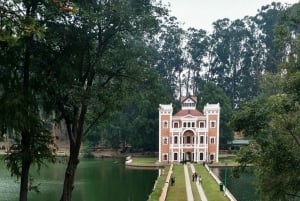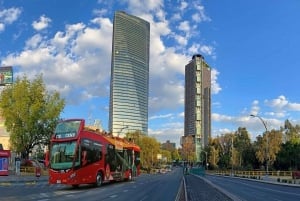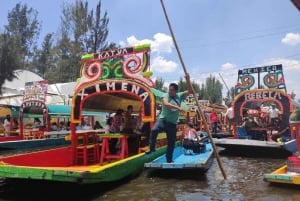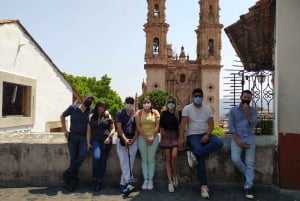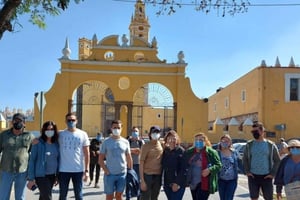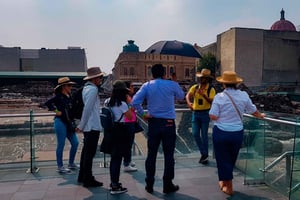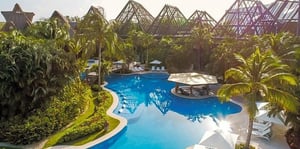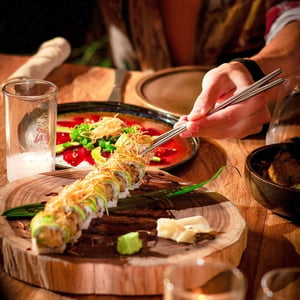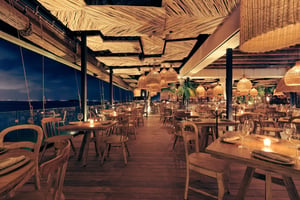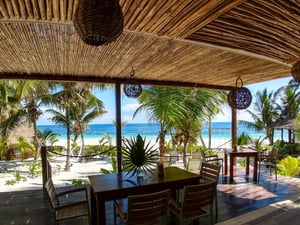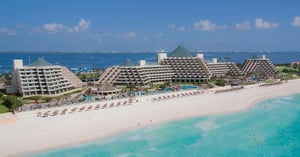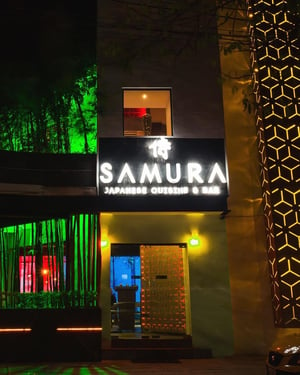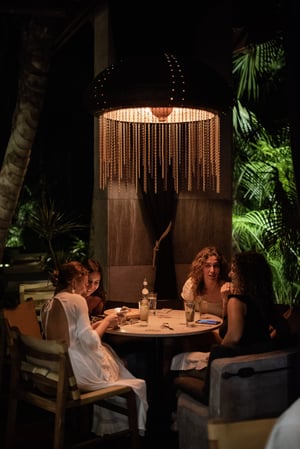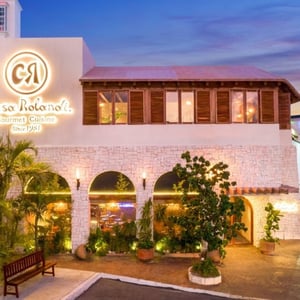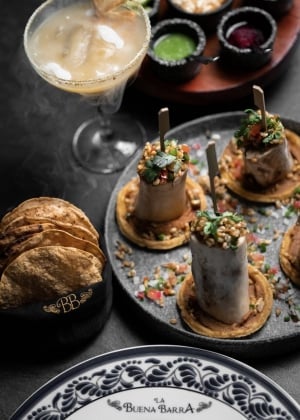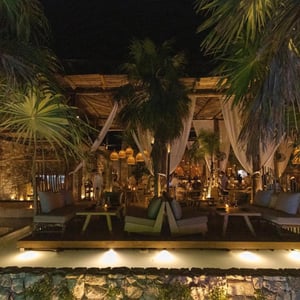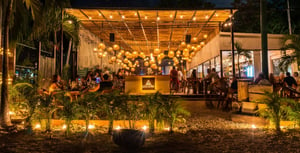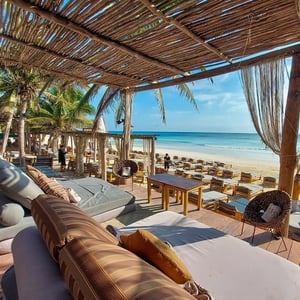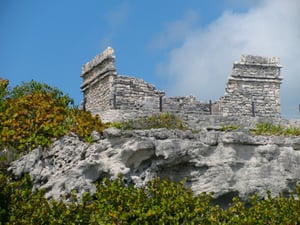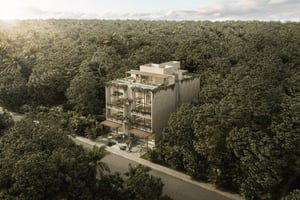Quintana Roo
The state administrates the coastal islands of Contoy, Mujeres, and Cozumel, as well as the cays and reefs off the Caribbean coast.
Quintana Roo is a state situated southeast of Mexico, on the eastern side of the Yucatan Peninsula. Its northern coast is on the Yucatán Channel, between the Gulf of Mexico and the Caribbean Sea; it is also bounded by the Caribbean to the east, Belize and Guatemala to the south, Campeche to the west, and Yucatán to the northwest. On a sheltered bay at the mouth of the Honda River, on the border with Belize, the State capital, Chetumal is located.
Quintana Roo occupies a densely forested, wet, and hot land with cenotes and limestone caves. The state administrates, among others, the coastal islands of Contoy, Mujeres, and Cozumel, as well as the cays and reefs off the Caribbean coast, often hit by tropical storms.
Quintana Roo has an annual daily high temperature of 33 °C, one of the warmest areas in Mexico. Low humidity and high temperatures make the atmosphere at times cool, but also partially hot and humid tropical. It's hot during the year and encourages you to swim at an average temperature of 29 degrees Celsius. The best time to travel from December to May is due to the lower rain.
During the pre-Hispanic period, scores of Mayan cities were common in the area as seen in the ruins of El Meco, Tixmul, Cobá, Tulum, and elsewhere. In 1517, at Cape Catoche on Yucatán Channel, the first Spanish arrival in Mexico was carried out. Many of the present people are descendants of the Mayan people who were defiant during the Caste War and defeated only early in the 20th century. The territory of Quintana Roo was carved in 1902 from parts of the states of Yucatán and Campeche. It was named as the Mexican writer and leader in Mexico's independence wars (1810-1821), Andrés Quintana Roo. It became a state in 1974.
It had been a sparsely inhabited area, but in the late 20th century its populations began to increase steadily due to the growth of tourism, which has been assisted by massive road and airport development in this area.
Quintana Roo's primary destinations are the resorts Cozumel and Cancun, which both feature Playa del Carmen and are part of the Maya Riviera. Cancún is the main city and shopping center in the province. Almost all state revenue comes from services, including hotels, restaurants, events related to entertainment, and other tourism.
The primary plants are tropical fruits and grains. Mahogany, ebony, and other rough woods are harvested and the shore is filled with sponges and tortoises they caught.
The state also delights us with wonderful gastronomy made up of unmistakable flavors, such as the one crowned as the Queen of the Southeast by its renown and its own taste: the cochinita pibil. It is a cuisine that is distinguished by its fiery spices, with names that derive from the Mayans, who expose its indigenous roots with Hispanic influence, resulting in truly sublime dishes:
- Cochinita Pibil: pork traditionally cooked in banana leaves and seasoned with annatto paste, bitter orange, garlic, cinnamon, and more, in a spicy sauce
- Poc Chuc: grilled pork steaks previously marinated in a sauce mostly of bitter orange juice and annatto paste, accompanied by a spicy onion sauce
- Panuchos de Pavo: tortillas filled with black-bean paste and topped with boiled-egg slices then fried and topped with bits of turkey breast and pickled onion
- Chocolomo: cooked veal dish seasoned with bitter lime, lemon, onion, garlic, habanero peppers, and more.
- Tik n Chik: whole fish prepared with annatto paste
- Panuchos de Pavo: turkey and tortillas dish


